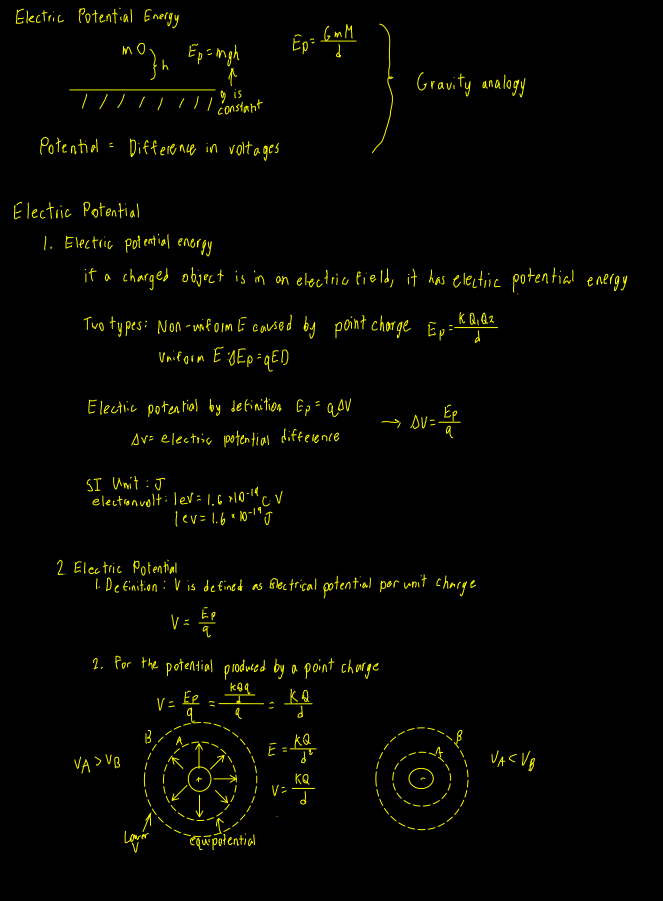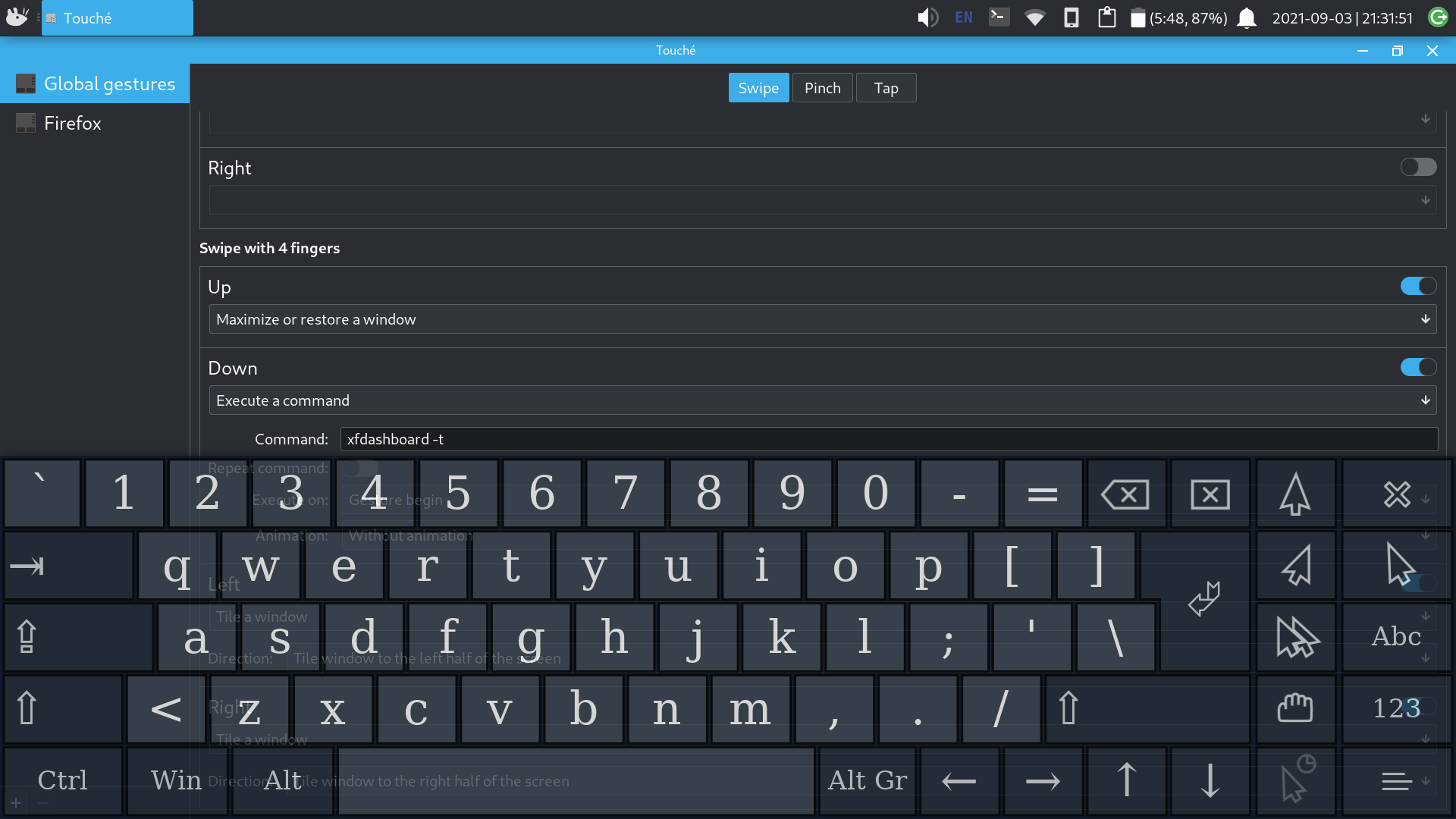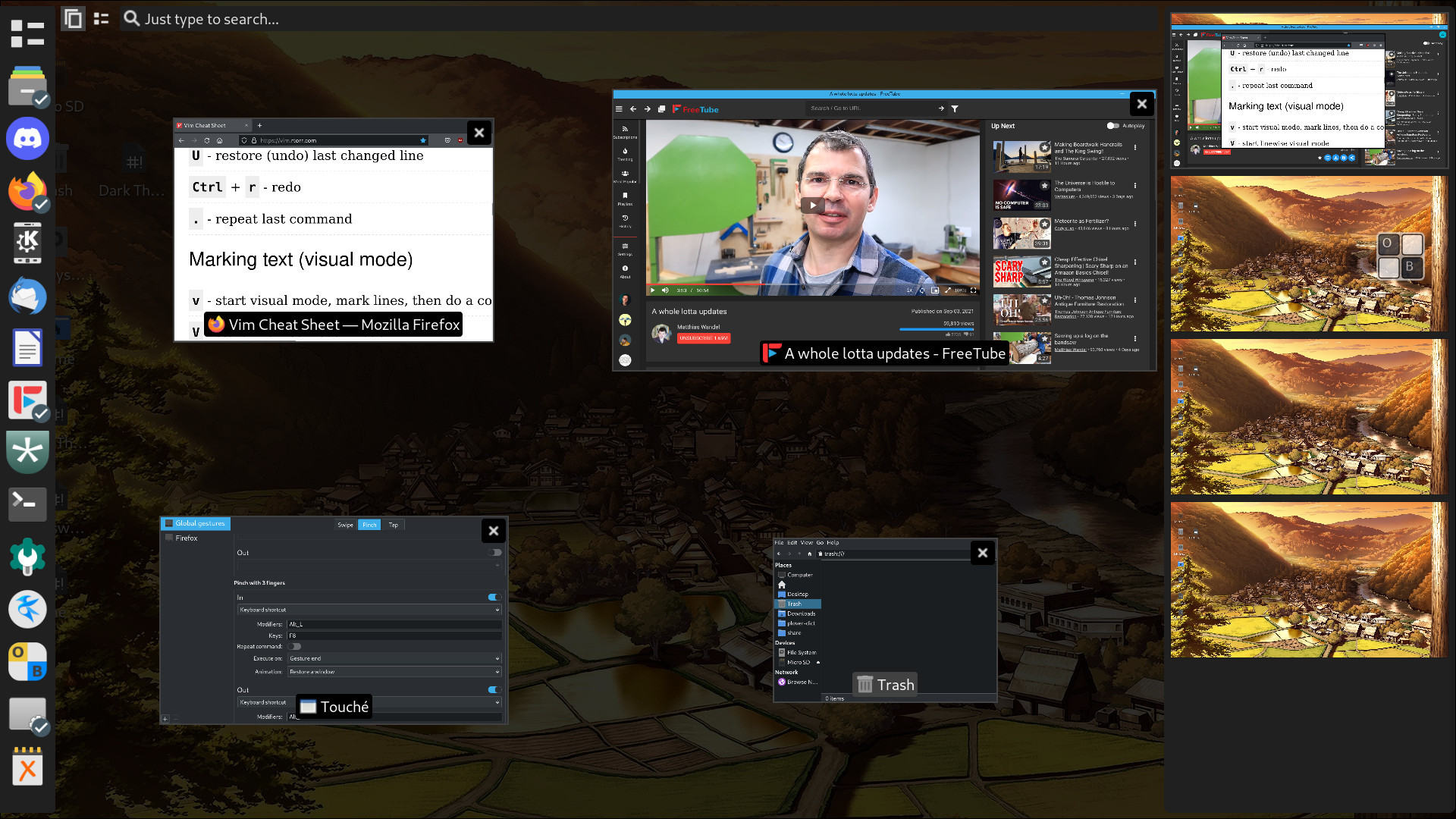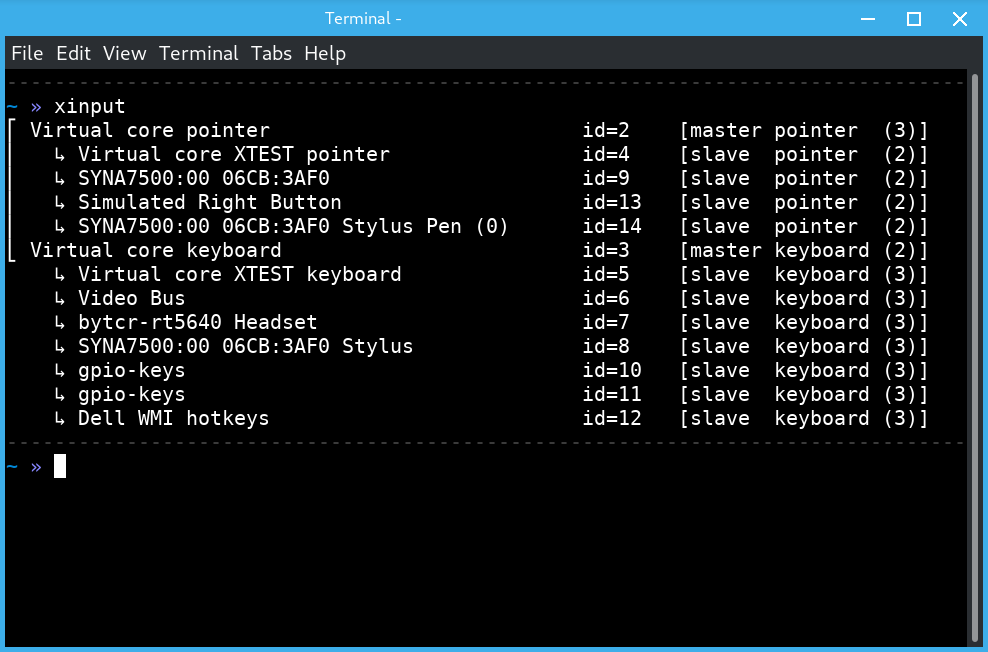Linux Tablet - Two Years Later
Updates, changes, new developments
2021-09-04
 Excuse my horrible handwriting.
Excuse my horrible handwriting.
Quite a while ago I wrote an article about using Linux on a Dell Venue 11 Pro. For the most part, that article is still relevant, but there are a few things that have changed which I thought I should mention. I still get a lot of use out of the tablet, and last year I even used it for notetaking in physics and math class. I still intend to as I enter my final year of high school.

Seeing that it's almost been 2 years since I bought this tablet, I figured it would be a good time to write about it again.
Distro
As I had written in the last article, I still refer back to this page for hints and tips for using this tablet with Linux.
Since the tablet uses a 32 bit UEFI, installing any distro other than Fedora is quite troublesome. I've occasionally distro hopped on this tablet, but I've always returned back to Fedora.In fact, I also use Fedora on my main computer too. That's still the distro I recommend using on this tablet as it makes the installation process very easy.
Wi-Fi Firmware
Previously, I had gotten firmware files from a GitHub repository, but I've now found better firmware files in a GitLab repo instead. With the old firmware files, the Wi-Fi would stop working after half an hour and it also just straight up wouldn't work on some networks. I don't have any of these problems with the newer firmware files.
Desktop Environment
As for the desktop environment, I eventually found that with updates KDE Plasma got too slow and sluggish. I was a bit disappointed since last time I tried XFCE, it was also just too laggy. However, I recently switched to XFCE on the tablet, and it seems to have gotten much, much better. I think XFCE version 4.16 seems to have helped a bit, since it was still on 4.14 when I tried last time. Regardless of why XFCE seems faster this time, it is a solid choice for Linux tablets.
Of course, if you're going to be using it without a keyboard or mouse, XFCE can give you a little bit of trouble. I'd recommend getting a stylus for the odd cases here and there where the touch screen is just too annoying.
Loading apps is still quite slow, especially browsers.
As I had mentioned last time, I recommend evdev-rce for right click on hold, and unclutter-xfixes for hiding the cursor on touch.
One problem I've had with XFCE is that onboard (the onscreen keyboard) doesn't shrink the work area when active, even though the option is enabled. I'm not quite sure why this is happening; a quick search didn't yield anything, and I haven't bothered to opened a bug report yet. It's not a huge annoyance, but it can be irritating at times.
Also, I haven't figured out how to make onboard appear when unlocking the screen. I can get it to appear at login on start up, just not when the screen decides to lock itself, or if I'm resuming from sleep.
Visually, XFCE is quite appealing once you theme it to your satisfaction, but one issue with it is that window borders are quite small on the high DPI screen. There is the fractional window scaling option in XFCE 4.16, but I've never had much luck with it. It always ends up being quite blurry and not sharp. So instead, I just use a xfwm theme which is bigger than normal.
Touchegg
 Touche - the graphical editor for touchegg.
Touche - the graphical editor for touchegg.
Until August of last year, Touchegg was a pretty much dead project. But now, it is back and very much active! When I found out about this a few months ago, I was absolutely stoked. With gestures, I can resize, tile and close windows with ease. I also have a gesture for opening xfdashboard.
xfdashboard
 It's almost like having the best of both worlds of GNOME and XFCE.
It's almost like having the best of both worlds of GNOME and XFCE.
I've known about xfdashboard for a while, but I've never found its appeal. xfdashboard is a GNOME-like launcher for XFCE. Since I'd always used plasma or gnome for the tablets I've used, I've never had a real look at it. But now, I can say it adds quite a nice touch to a tablet computer. With touchegg, a simple 4 finger swipe down will open xfdashboard. Unfortunately, there isn't any support for touch scrolling at the moment (which is kind of silly since it's a great interface for tablets), but using a stylus to grab the scroll bar works well enough for me.
Stylus Button Swap
The stylus has two buttons, but only one of them works as a mouse click. I haven't been able to figure out if I could remap the top button to a mouse click, even though it works in xournalpp. What's even more annoying is that the button that does work will send a middle click by default which isn't particularly useful. So instead I have a bash script to remap the buttons right when xinput sees the stylus.xinput will only list the currently connected devices. If the stylus hasn't been used, it won't be listed. This is why it's necessary to use a script to watch if xinput can see the stylus and apply the button swap once it does.
#!/bin/bash
while true; do
if xinput list | grep 'Pen'; then
pen_ID=$(xinput list | grep SYNA | grep Pen | sed -r 's/.*id=([0-9]+).*/\1/')
xinput --set-button-map ${pen_ID} 1 3 2
echo "Pen Found"
exit 0
fi
echo "Pen not found"
sleep 1s;
done
Browser
On simple web pages, scrolling works flawlessly.
I had used ungoogled-chromium in the past since it has touch scrolling and smooth zooming by default. However, Firefox has gotten smooth zooming by default now, and even handles the two finger pinch gesture right out of the box.
Firefox is my preferred browser, and so I use that now. It is also about as light as ungoogled-chromium; I can't tell if either one is laggier than the other. However, gestures to go backwards and forwards are nonexistent, but this is easily solved using touchegg.
FreeTube
On the really weak atom processor, playing YouTube videos is pretty challenging. At least if you're using the webapp. There has been a YouTube client called FreeTube for a little while which I've been using on my main computer
After it had gone through a rewrite, and several updates, it was usable on my tablet. And although it uses electron (I know, some people might grumble at that), it's touch friendly out of the box, and isn't particularly resource intensive. It's so much better than using the webapp on any browser I've tried in terms of play back and overall smoothness of the UI.
And if you don't use YouTube signed in, and still want access to subscriptions, FreeTube does this beautifully.
 This dongle was also recommended by the studioteabag page.
This dongle was also recommended by the studioteabag page.
Bluetooth Dongle
I don't use many Bluetooth devices, but sometimes I do want to use my Stenogotchi with my tablet. I haven't had any luck with the on board Bluetooth, so I just use a Bluetooth dongle. With blueman, the dongle is hot swappable so I can take it out and save a little more battery life when I'm not using it.
Writing With xournalpp
I mentioned xournalpp last time, and it's gotten even better since then. Although the stylus isn't as good as a Wacom, xournalpp now has an option to smooth out your strokes which I find works very nicely.
Final Thoughts
Overall, the switch to XFCE has been one of the biggest changes I've done with this tablet. And it's certainly been a positive change. I'm sure I can get at least another school year's worth of use out of this tablet. At times, I've grumbled at how weak the processor is and have wanted something a bit faster. Unfortunately, I've looked at some tablets on the market, and I'm not really sure if there's anything that's both compatible with Linux, and relatively cheap.
I'm likely going to keep using my Dell tablet for the foreseeable future, and definitely into my senior year at high school. I just love how light it is and how perfect it is for regular school use as well as using it for writing in steno.
My advice from last time is still the same if you want to try a tablet like this. If you're planning to use it with Windows and you're not expecting to get a lot of performance out of it, by all means. For use with Linux, don't expect things to work out of the box as you will likely be spending a few hours setting it up and trouble shooting.
At the moment, I don't feel like much can change about my setup right now. This may very well be the last update I write of this device. Maybe in another year, I'll either have an entirely different tablet, or will have written another article about how I'm still getting use out of this machine.

